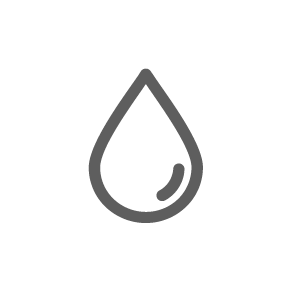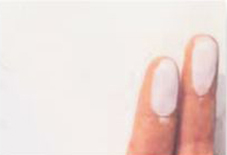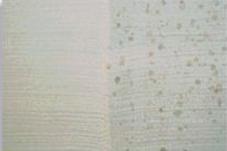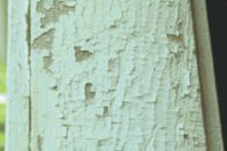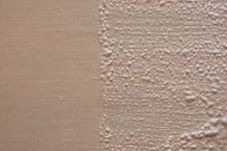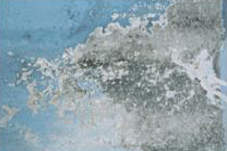
Causes: The paint layer was too thick, painting on too hot or too cold weather condition, high moisture prevent the drying process, the required time between the painting of layers was not met, the surface is with impurities…
+ Solutions: Remove the layer, clean the surface, apply new primers, make sure the needed time between layers are met and the painting condition is not too hot or cold or damp.
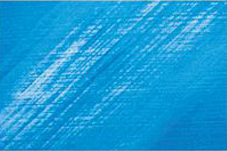
Causes: Use flat type pain on surfaces with frequent physical impact or cleaning the surface too frequently, physical impact with wooden object…
Solutions: Use high quality emulsify paints on those surfaces, use gloss-paint on areas with frequent physical impact, use soft cloth when cleaning the layer.

Causes: Use low quality paints with poor sticking ability and endurance, the layer was either too thick or too thin, poor surface preparation process, wooden surfaces was not covered with primers, used too hard and crunchy Alkyd paints…
Solutions: Use sandpaper, iron brush to remove the affected layer completely, prepare the surface again. For wooden surfaces, use primers before applying layers. Remember to choose high quality products.
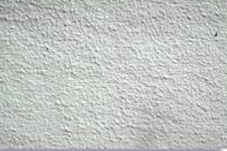
Causes: Used low quality paints or expired products, the paints was not mixed well, used wrong type of rollers, rolling too fast during painting process, used high gloss paints on ragged surface… Solutions: Use high quality paints, use right type of rollers for glossy paints, use primers before painting the finishing layer. Use sand paper to prepare the surface then repaint the layer.
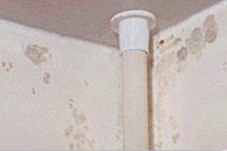
Causes: High moisture, used alkyd or oil-based paints, low quality emulsify paint on damp surface, painted on moss-covered surfaces without proper surface preparation, primers was not properly applied on wooden surfaces…
Solutions: Check if the stain are moss or not (using cleaner), clean the moss with moss-cleaner (remember to wear gloves and protective glass while doing this), re paint by using high quality anti-moss emulsify paints. Provide a fan to create constant air flow in damp areas…
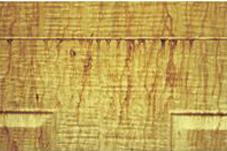
Causes: This happens with almost every type of emulsify paints on high moisture areas, especially the ceiling.
Solutions: Use soap to clean the affected area, clear all the stains, wait until the surface is completely dry then apply new paint layers

Causes: Used low quality paints on surface without primers.
Solutions: Remember to use high quality paints with primers to create a strong layer with high resistance to being contaminated and easy to clean








.svg)


























